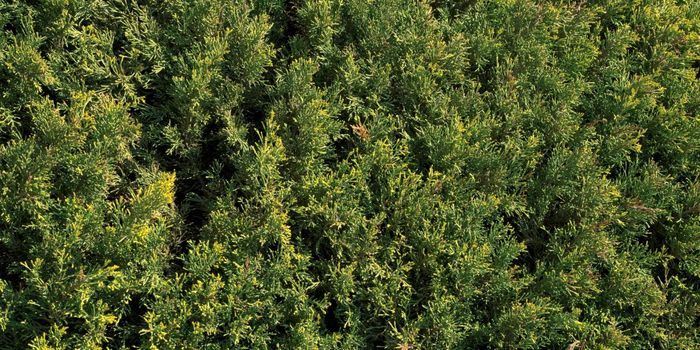Neuroscience
Biomarker indicates which victims of febrile seizures will later develop epilepsy
JUL 22, 2014 12:00 AM PDT
Share
Going Wild May be The Way to Deal with Hive Decline
 In October 2006, reports came in from beekeepers that some of them were losing 30% to 90% of their hives. While some losses are expected, these figures were startlingly high. Called, Colony Collapse Disorder (CCD) the main symptom is a live queen, but no or very few adult honeybees in the hive and no dead bees present.
In October 2006, reports came in from beekeepers that some of them were losing 30% to 90% of their hives. While some losses are expected, these figures were startlingly high. Called, Colony Collapse Disorder (CCD) the main symptom is a live queen, but no or very few adult honeybees in the hive and no dead bees present.CCD is blamed on a variety of causes, including frequent transportation to pollinating sites. Others are contamination of hives by parasite mites, exposure to pathogens and pesticides, apiary overcrowding, and difficulty accessing good quality nectar.
The loss of honeybees over the winter of 2013-2014 was significantly lower than the average annual losses over the past seven winters. Even so, nearly a quarter of managed honeybee colonies were lost last winter.
The number of managed honey bee colonies stands at about 2.5 million today, down from 5 million in the 1940s. But, the need for pollination services continues to increase, causing bee colonies to be transported over longer distances than ever before. In fact, each year, more than half of the honeybee hives in the United States are taken to California to pollinate the almond crop.
Honey bees are transported all over the country to pollinate crops, so if large losses continue, the viability of the pollination industry could be threatened. While honeybees might not disappear completely, the cost of pollination services would rise, and be passed on in the form of higher food prices. This constant migration can be very stressful. For one thing, the bees feed on one crop for maybe a month, then move on and feed on another crop for a month, and so on. As they move they are constantly exposed to different environmental conditions and chemicals.
Biologist Laurence Packer, of York University in Toronto has spent his career studying bees. In an interview on NPR he says that there is some risk that in the future we may have a greater need for pollination than the managed bees can handle. For example, the number of almond trees grown in the U.S. Southwest is growing rapidly. Since most of the managed colonies are already sent there when the crop is in bloom, if the number of trees continues to greatly increase, there won't be enough bees to do the job.
Although the number of bee species has been falling Packer does not think that the extinction of bees is likely even in the long term. Some species are increasing dramatically. He thinks we would be better off relying on wild bees for pollination rather than managed hives. There are 20,000 species of bees, but very few are domesticated. Even now, wild bees (and some flies) pollinate a large portion of crops. A study in Britain showed that it could be as much as two-thirds. A healthy, diverse wild bee population could help us rely less on the managed colonies.
Two of the biggest threats to wild bees are pesticides and loss of habitat. Efforts should be made to reduce pesticide use and even ban some types outright. Another thing wild bees need are good nesting spots. Rather than live in hives, like domesticated honeybees, they can be found in patches of bare ground, hollow plant stems and even tunnels left in trees from wood boring beetles. As farms grow larger and larger, less wild land is left surrounding them. Conscious efforts to provide proper habitat for wild bees near farms could help their numbers grow and place more of the burden for pollination on them.
You May Also Like
Loading Comments...








